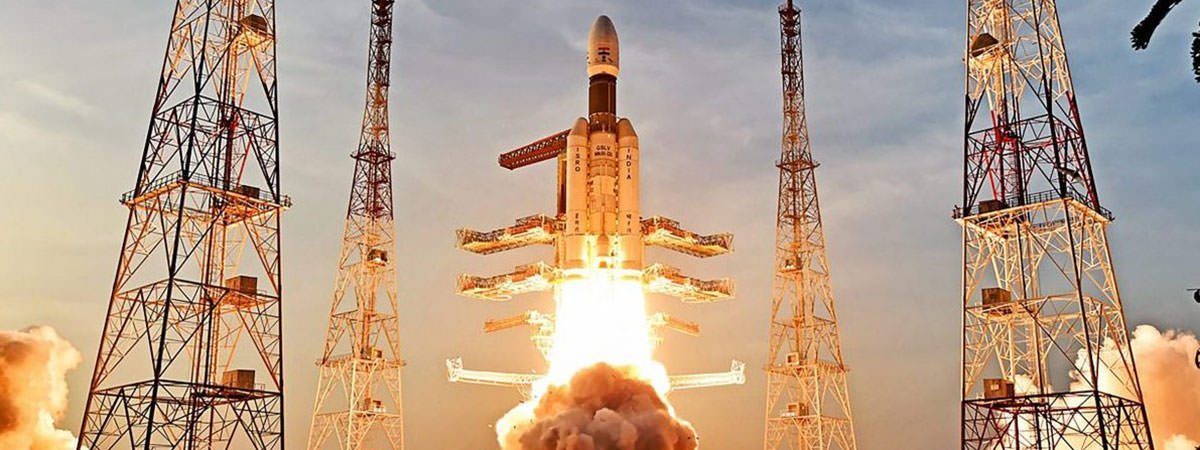The Indian Space Research Organisation (ISRO) is the space agency of India with its headquarters in the city of Bengaluru, Karnataka. Organized space research in India was initiated by Dr. Vikram Ambalal Sarabhai, who is widely regarded as the Father of the Indian Space Program. It was on his urging that the Indian National Committee for Space Research (INCOSPAR) was established in 1962. INCOSPAR grew and became ISRO in 1969. The Government of India established the Department of Space (DoS) in 1972 and brought ISRO under DoS management on June 1, 1972. DoS, in turn, reports to the prime minister of India. ISRO built its first ever satellite Aryabhata in the early 1970s and it was launched with the help of the Soviet Union on April 19, 1975. On July 18, 1980, ISRO successfully launched SLV-3 making India only the seventh nation in the world to possess the capability to send objects into orbit using its own launch vehicles. ISRO hasn’t looked back since then and has accomplished several momentous feats including discovering the presence of water on the moon; becoming the first organization to reach Mars in its maiden attempt; and creating the world record of largest number of satellites launched on a single flight by any space agency. Know more about the contributions of Indian Space Research Organisation through its 10 major achievements.
#1 IT BUILT INDIA’S FIRST EVER SATELLITE ARYABHATA
Named after the eminent Indian astronomer and mathematician of the 5th century, Aryabhata was the first satellite developed by India and it was built by the Indian Space Research Organisation (ISRO). The process of building it started from scratch and was realised within a period of 30 months by a young team of scientists and engineers led by Prof U R Rao. Aryabhata was launched on April 19, 1975, to conduct experiments in X-ray astronomy, aeronomics and solar physics. Its launch made India the 13th nation to develop an artificial satellite. As of March 7, 2020, over 80 countries have operated artificial satellites. However, the 360-kilogram Aryabhata was launched by the Soviet Union using their Kosmos-3M launch vehicle from Kapustin Yar, a Russian rocket launch site in Astrakhan Oblast. In 1972, an agreement between India and the Soviet Union enabled the successful launch where India allowed the Soviet Union to use Indian ports for tracking ships and launching vessels in return for launching Indian satellites. Unfortunately, after four days, a failure in the satellite’s electrical power system halted experiments. Nonetheless, Aryabhata laid the foundation for India’s satellite program.

#2 INDIA IS ONE OF ONLY 9 NATIONS TO POSSESS PROVEN ORBITAL LAUNCH CAPABILITY
Started in the early 1970s, the Satellite Launch Vehicle (SLV or SLV-3) project was a project of ISRO to develop the technology needed to launch satellites. The SLV is a small-lift rocket orbital launch vehicle intended to reach a height of 500 kilometres (310 miles) and carry a payload of 40 kilograms (88 pounds). The first experimental flight of SLV-3, in August 1979, was a failure. However, on July 18, 1980, SLV-3 was successfully launched from Sriharikota range in the Nellore district of Andhra Pradesh. It deployed the Rohini satellite in near-earth orbit. It was the first successful satellite launch that took place on Indian soil. This made India only the seventh nation in the world to possess the capability to send objects into orbit using its own launch vehicles. Moreover, as of 2019, nine countries and one inter-governmental organization, the European Space Agency (ESA), have a proven orbital launch capability. Only two of the four test flights of SLV-3 were successful with the last launch taking place in 1983.
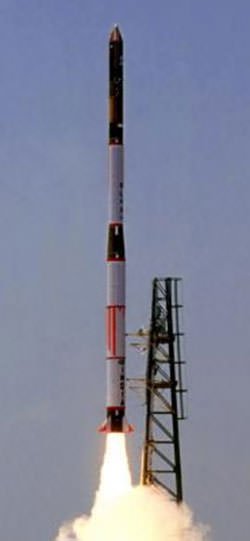
#3 IT DEVELOPED THE HUGELY SUCCESSFUL PSLV
The successful SLV-3 launch was a massive boost for ISRO and it showed the way to other advanced launch vehicle projects. The Augmented Satellite Launch Vehicle (ASLV) was designed to augment the payload capacity to 150 kg, thrice that of SLV-3. Under the ASLV programme, four developmental flights were conducted with the first on March 24, 1987 and the last on May 4, 1994. The Polar Satellite Launch Vehicle (PSLV) is an expendable medium-lift launch vehicle which is the third generation launch vehicle of India and it allowed ISRO the capability to launch satellites into polar orbits. PSLV allowed India to launch its Indian Remote Sensing (IRS) satellites into sun-synchronous orbits. Moreover, it can also launch small satellites into geostationary transfer orbit (GTO). After its first successful launch in October 1994, PSLV emerged as the reliable launch vehicle of ISRO with 39 consecutively successful missions by June 2017. During the period, it launched 48 Indian satellites and 209 satellites for customers from abroad.
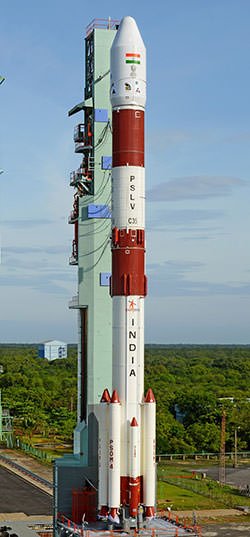
#4 IT DEVELOPED AN OPERATIONAL CRYOGENIC ROCKET ENGINE
Geosynchronous Satellite Launch Vehicle (GSLV) is an expendable launch system for placing satellites into geostationary orbits. From its first flight on April 18, 2001, it is the largest launch vehicle developed by ISRO. On January 5, 2014, GSLV-D5 launched GSAT-14 into its intended orbit. This marked the first successful flight using the cryogenic engine developed by India. A cryogenic rocket engine is highly efficient and it was one of the main factors in NASA’s success in reaching the Moon. As of 2020, the United States, Russia, Japan, India, France and China are the only countries that have operational cryogenic rocket engines. India’s indigenous cryogenic engine is a fruit of ISRO’s initiative, the Cryogenic Upper Stage Project, that began in April 1994. The Geosynchronous Satellite Launch Vehicle Mark III (GSLV Mk III) is a three-stage medium-lift launch vehicle. It is designed to carry 4 ton class of satellites into geosynchronous transfer orbit (GTO) or about 10 tons to low earth orbit (LEO). Moreover, it possesses the capability to take human beings to space. Its first experimental flight took place on December 18, 2014; while on June 05, 2017, it successfully placed a GSAT-19 satellite into a GTO.
#5 IT HELPED DEVELOP THE INDIAN NATIONAL SATELLITE SYSTEM
ISRO has launched a series of multipurpose geostationary satellites to build and develop the Indian National Satellite System (INSAT). Commissioned in 1983 with the launch of INSAT-1B, INSAT is the largest domestic communication system in the Indo-Pacific Region. It is a joint venture of the Department Of Space, Department Of Telecommunications, India Meteorological Department, All India Radio And Doordarshan. The INSAT system ushered in a revolution in a number of sectors in India including telecommunications; television broadcasting; satellite news-gathering; societal applications; weather forecasting; disaster warning; and search and rescue operations. Moreover, it enabled the rapid expansion of TV and modern telecommunication facilities to the remotest of regions in India. The latest satellite developed by ISRO is GSAT-30, which was successfully launched on January 17, 2020. Weighing 3357 kg, it is to serve as replacement to INSAT-4A spacecraft services with enhanced coverage.
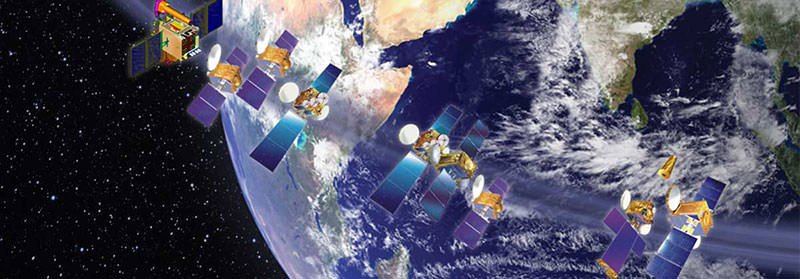
#6 ITS CHANDRAYAAN-1 DISCOVERED THE PRESENCE OF WATER ON THE MOON
On August 15, 2003, the Indian government announced Indian Lunar Exploration Programme or the Chandrayaan Programme. After five years, on October 22, 2008, Chandrayaan-1, India’s first mission to Moon, was launched successfully from Satish Dhawan Space Centre at Sriharikota, Andhra Pradesh. The spacecraft was launched using the PSLV-C11 rocket. On November 8, the vehicle was inserted into lunar orbit and, on November 14, the Moon Impact Probe separated from the Chandrayaan-1 orbiter and struck the south pole in a controlled manner. This made India the fourth nation to reach the lunar surface after the Soviet Union, the United States and Japan. Chandrayaan-1 collected important data about the lunar surface. Among other things, it became the first mission to discover existence of water on the moon. It performed several other tasks such as mapping and atmospheric profiling. Due to technical issues, the orbiter stopped communicating on August 28, 2009. The mission was thus called off after 312 days as opposed to the intended two years. The estimated cost of Chandrayaan-1 was ₹386 crore (US$54 million).
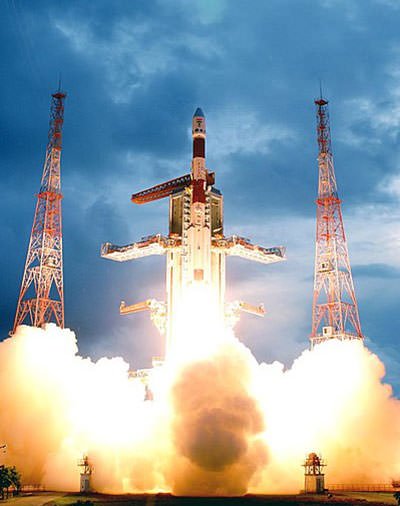
#7 ISRO IS THE FIRST SPACE AGENCY TO REACH MARS ON ITS FIRST ATTEMPT
The concept of Mars Orbiter Mission (MOM), also called Mangalyaan, began in 2010. In 2012, the project was approved by the Indian Government with a budget of around ₹450 crore (US$73 million), making it the least-expensive Mars mission till date. On November 5, 2013, the Mars Orbiter Mission probe lifted-off successfully from Satish Dhawan Space Centre, Sriharikota Range, Andhra Pradesh, using a PSLV rocket. The MOM probe spent about a month in the orbit of earth, where it made a series of seven apogee-raising orbital manoeuvres before trans-Mars injection on November 30, 2013. On September 24, 2014, it entered the Mars orbit, making ISRO the fourth agency to reach Mars after Roscosmos, NASA and the European Space Agency. Moreover, India became the first nation to succeed on its maiden attempt to Mars and also the first Asian nation to do so. The objectives of the Mangalyaan was to develop the technologies required for an interplanetary mission and to explore Martian surface features, morphology, mineralogy and atmosphere using indigenous scientific instruments. The Mangalyaan mission, which was initially meant to last six months, has completed five years of orbiting Mars. Currently, ISRO is planning to develop and launch a follow-up mission called Mars Orbiter Mission 2 or Mangalyaan-2 in 2024.
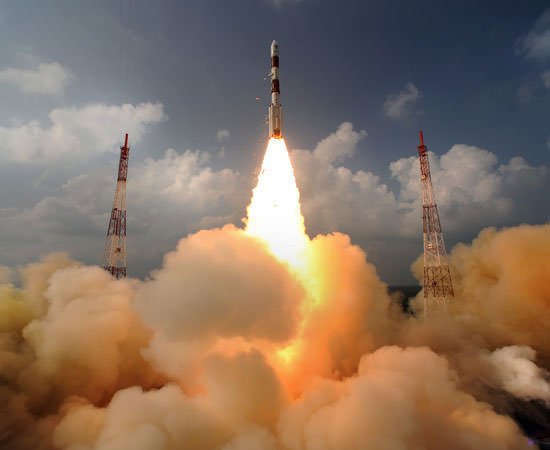
#8 IT SUCCESSFULLY LAUNCHED A RECORD 104 SATELLITES ON A SINGLE ROCKET
On February 15, 2017, in its thirty ninth flight, ISRO’S Polar Satellite Launch Vehicle (PSLV) successfully launched the Earth observation satellite named Cartosat-2D along with two Indian nano-satellites (INS-1A and INS-1B).Thereafter, 101 more nanosatellites were sent within a span of 11 minutes belonging to research facilities like United States of America, Kazakhstan, Israel, The Netherlands, Switzerland and the United Arab Emirates. The launcher started placing the satellites into polar sun-synchronous orbits one after another after a flight of 16 minutes and 48 seconds. The total weight of all the 104 satellites carried on-board PSLV-C37 was 1378 kg. The entire launch took place from Satish Dhawan Space Centre. Thus ISRO created a new world record of largest number of satellites launched on a single flight by any space agency. It broke the earlier record set by a Russian Dnepr rocket of launching 37 satellites on June 19, 2014.
#9 IT DEVELOPED INDIA’S OWN NAVIGATION SATELLITE SYSTEM
The Indian Regional Navigation Satellite System (IRNSS) is an independent regional navigation satellite system being developed by India. Its operational name is NavIC (Navigation with Indian Constellation). Unlike GPS which is a Global tracking constellation, NavIC has been designed to focus especially on India and adjoining regions (1500 km around India). Developed to eliminate reliance on foreign government-controlled global navigation satellite systems, NavIC is regarded as an important achievement for the nation. The Standard Positioning Service (SPS) of NavIC will be available to civilians and will have an accuracy of 20 meters. It also has a Restrictive Service (RS) which is much more accurate (range of 1 – 5 meters) and is meant for defence applications and use by armed forces. NavIC satellites use dual frequency bands which is why the system is relatively more accurate than America’s GPS or Global Positioning System. NavIC based trackers are compulsory on commercial vehicles in India and it is planned to become available in consumer mobile phones in the first half of 2020.
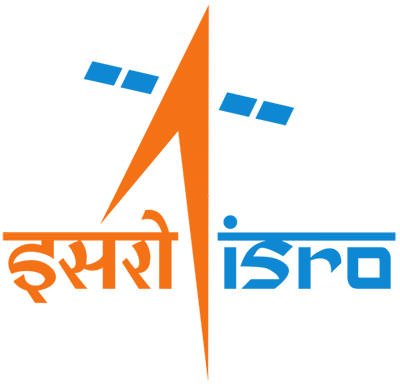
#10 IT HELPED DISCOVER THREE NEW SPECIES OF BACTERIA
ISRO is one of the six largest space agencies in the world. It maintains one of the largest fleet of communication satellites (INSAT) and remote sensing (IRS) satellites that help India manage its ever growing demands for fast and reliable communication and earth observation respectively. ISRO has also contributed to science and science education in the country with several dedicated research centres and autonomous institutions within the nation. Over the years, it has provided valuable data to the scientific community which in turn enriches science. For example, in 2009, ISRO conducted a balloon experiment which led to the discovery of three new species of bacteria in the upper stratosphere, which are not found on earth. All the three newly identified species had significantly higher UV resistance. The species were named Janibacter hoylei, after the English astrophysicist Fred Hoyle; Bacillus isronensis, recognizing the contribution of ISRO in the experiments; and Bacillus aryabhata, after India’s celebrated ancient astronomer Aryabhata.

